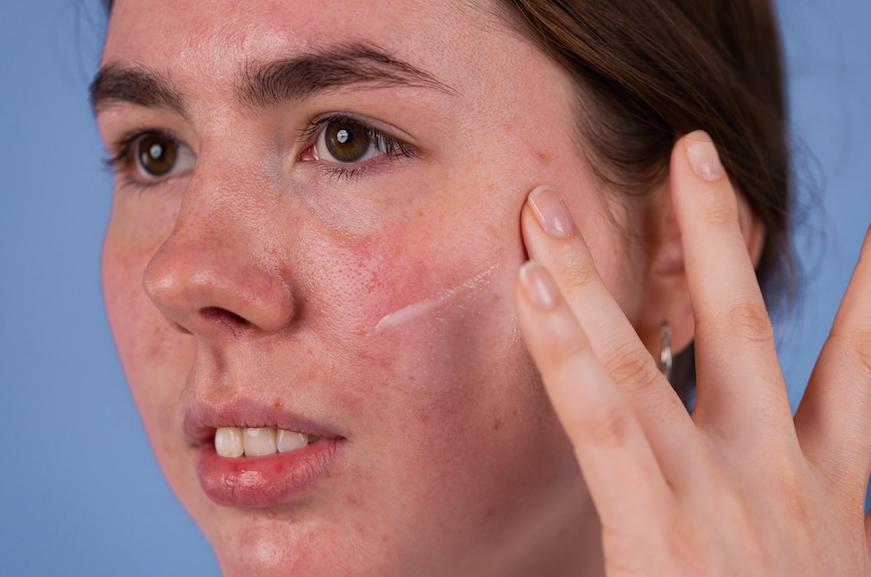In order to truly understand our skin, it is crucial to understand that each individual has a unique skin type, influenced by genetic, environmental, and lifestyle factors.
To determine your skin type, start by cleansing your face with a gentle cleanser to remove any makeup, dirt, or impurities. Pat your skin dry and wait for about an hour, it will allow your skin to return to its natural state.
- Normal Skin: Your skin will feel comfortable and balanced, with no noticeable oiliness or dryness.
- Dry Skin: Your skin may feel tight, rough, or flaky, especially in areas like the cheeks and forehead.
- Oily Skin: Your skin will appear shiny, particularly in the T-zone, and may feel greasy to the touch.
- Combination Skin: You may notice oiliness in the T-zone while the cheeks feel normal or dry.
- Sensitive Skin: Your skin may react with redness, itching, or irritation to certain products or environmental factors.
Once you've identified your skin type, it's essential to select skincare products and ingredients that address your specific concerns and needs. Whether you're combating dryness, controlling oiliness, or soothing sensitivity, there are formulations designed to target each skin type effectively.
NB : It's crucial not to mix up skin concerns such as acne or blackheads for example with skin types. While oily skin is more prone to acne due to increased sebum production, acne is a specific condition that can affect individuals with various skin types. For instance, someone may experience hormonal acne while having a dry or combination skin.


